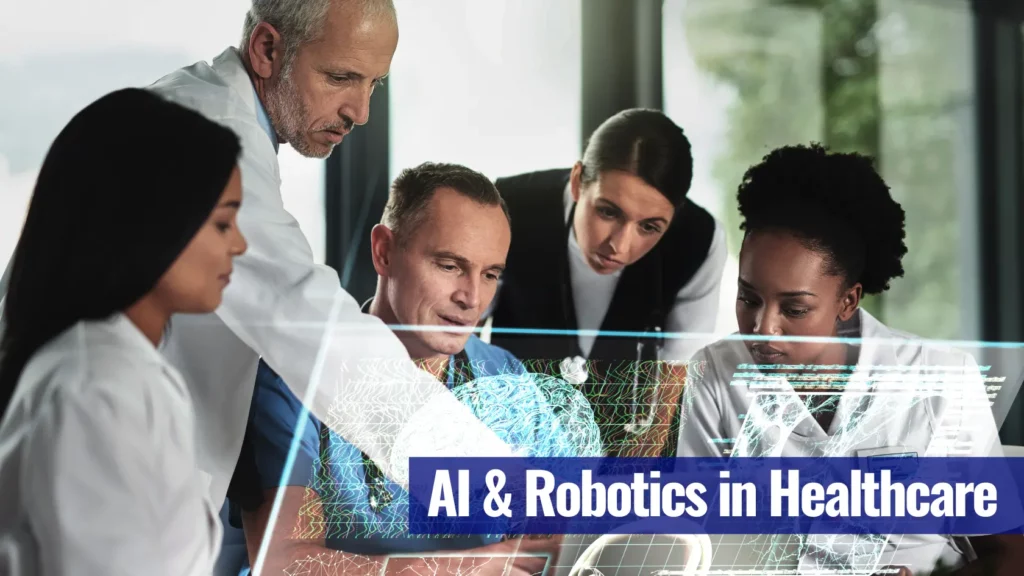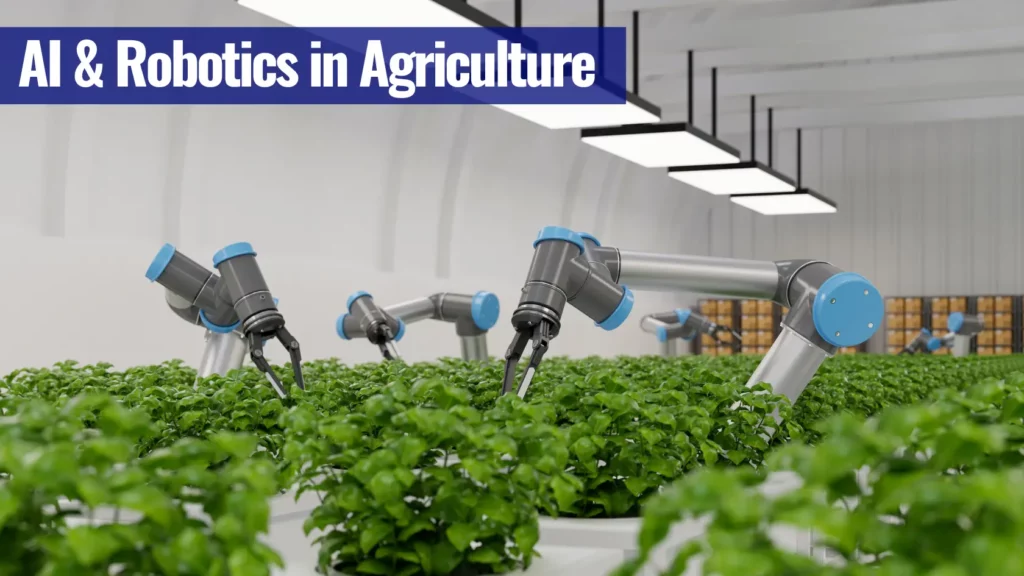
Artificial intelligence (AI) and robotics have been making significant progress over the years, transforming the way we live and work. With the rise of AI and robotics, there is no doubt that we are on the verge of a technological revolution that is set to reshape our world. However, it is vital to consider the ethical implications of their use and ensuring that these technologies are used responsibly.
The Advancements of AI and Robotics
AI and robotics have come a long way since their inception. Today, they are being used in various industries, including healthcare, finance, manufacturing, education and even construction. One of the major advancements in AI is machine learning, which allows computers to learn from data and make predictions. Robotics, on the other hand, has made significant progress in the areas of agility, mobility, and sensing.
Potential Applications of AI and Robotics
The potential applications of AI and robotics are vast and diverse; from manufacturing and healthcare to fraud detection and education. Here are a few real-life examples of AI and robotics applications:
Healthcare
AI and robotics have the potential to transform healthcare in numerous ways. One example is the use of surgical robots, which can perform minimally invasive surgeries with greater precision and accuracy, leading to fewer complications and faster recovery times. Another example is the use of AI algorithms to analyse medical data, such as patient records and imaging scans, to assist in diagnoses and treatment decisions.
AI and the Internet of Medical Things have already started benefiting consumer health by helping people stay healthy and reducing their need for medical attention, or at least decreasing the frequency of their doctor visits.
Examples of Advanced AI in Healthcare
- IBM’s Watson for Health is currently aiding healthcare organisations utilise cognitive technology to use large amounts of health data for better diagnosis.
- DeepMind Health, a division of Google, collaborates with healthcare professionals, researchers, and patients to address healthcare challenges by using technology that incorporates machine learning and systems neuroscience. This technology creates neural networks that resemble the human brain and can learn from data.
Finance
AI is being used in finance to detect fraud and improve investment strategies. For example, machine learning algorithms can analyse vast amounts of financial data and identify patterns that would be difficult for humans to detect. This allows financial institutions to make more informed decisions and reduce the risk of fraudulent activities.
Manufacturing
Robotics is being used in manufacturing to automate tasks and increase efficiency. For example, robots can be used to perform repetitive tasks, such as assembly line work, freeing up human workers to focus on more complex tasks. This not only improves efficiency but also reduces the risk of injuries and accidents in the workplace.
Recommended: Predictions for Manufacturing: How To Stay Competitive
Education
AI and robotics have the potential to transform education by providing personalised learning experiences. For example, AI algorithms can analyse student data, such as test scores and learning styles, to create customised learning plans. Robotics can also be used to create interactive learning experiences, such as virtual reality simulations, that engage students and make learning more fun.
Transportation
Self-driving cars are a prime example of the potential applications of AI and robotics in transportation. By using sensors and algorithms, these cars can navigate roads and traffic without human intervention, reducing the risk of accidents and improving efficiency.
While self-driving technology is certainly promising, it still requires some refinement and extensive real-world testing. Many industry experts believe that full autonomous driving is unlikely before 2035. However, with the rate technology is advancing, anything is possible.
Agriculture
Robotics is being used in agriculture to automate tasks such as planting, harvesting, and fertilising crops. This not only reduces labour costs but also increases efficiency and productivity, leading to higher yields and better crop quality. Some examples include:
- driverless tractors
- smart irrigation and fertilising systems
- smart spraying
- vertical farming software
- AI-based robots for harvesting
These are just a few examples of the potential applications for AI and robotics. As these technologies continue to evolve, we can expect to see even more innovative uses in a wide range of industries and applications.
The Impact of AI and Robotics on Employment
The rise of AI and robotics has led to concerns about their impact on employment. While it is true that some jobs will be replaced by automation, new jobs will be created in their place. For example, the development and maintenance of AI and robotics systems will require skilled professionals.
Also read: How Will Automation Impact Jobs?
Ethical and Social Implications of AI and Robotics
The ethical considerations surrounding the use of AI and robots must also be taken into account, as some applications could lead to social or economic injustice, or even danger if not implemented responsibly. Some potential implications of using AI include job displacement due to automation, data privacy concerns, and increased inequality.
The advancements in these technologies have raised ethical and social concerns, especially about the use of AI in warfare and the potential for bias in decision-making algorithms. It is important for society to address these concerns and ensure that AI and robotics are developed and used responsibly.
Final Thoughts on AI and Robotics
AI and robotics are transforming the way we live and work, bringing a multitude of potential benefits. While the implications of their use must be carefully considered, the possibilities for innovation are endless. With responsible implementation, AI and robotics can improve our lives in ways that have yet to be imagined. As technology advances, it is essential to stay informed of the latest developments in AI and robotics, so we can continue to explore the potential applications of these technologies.


 Mail:
Mail: 





